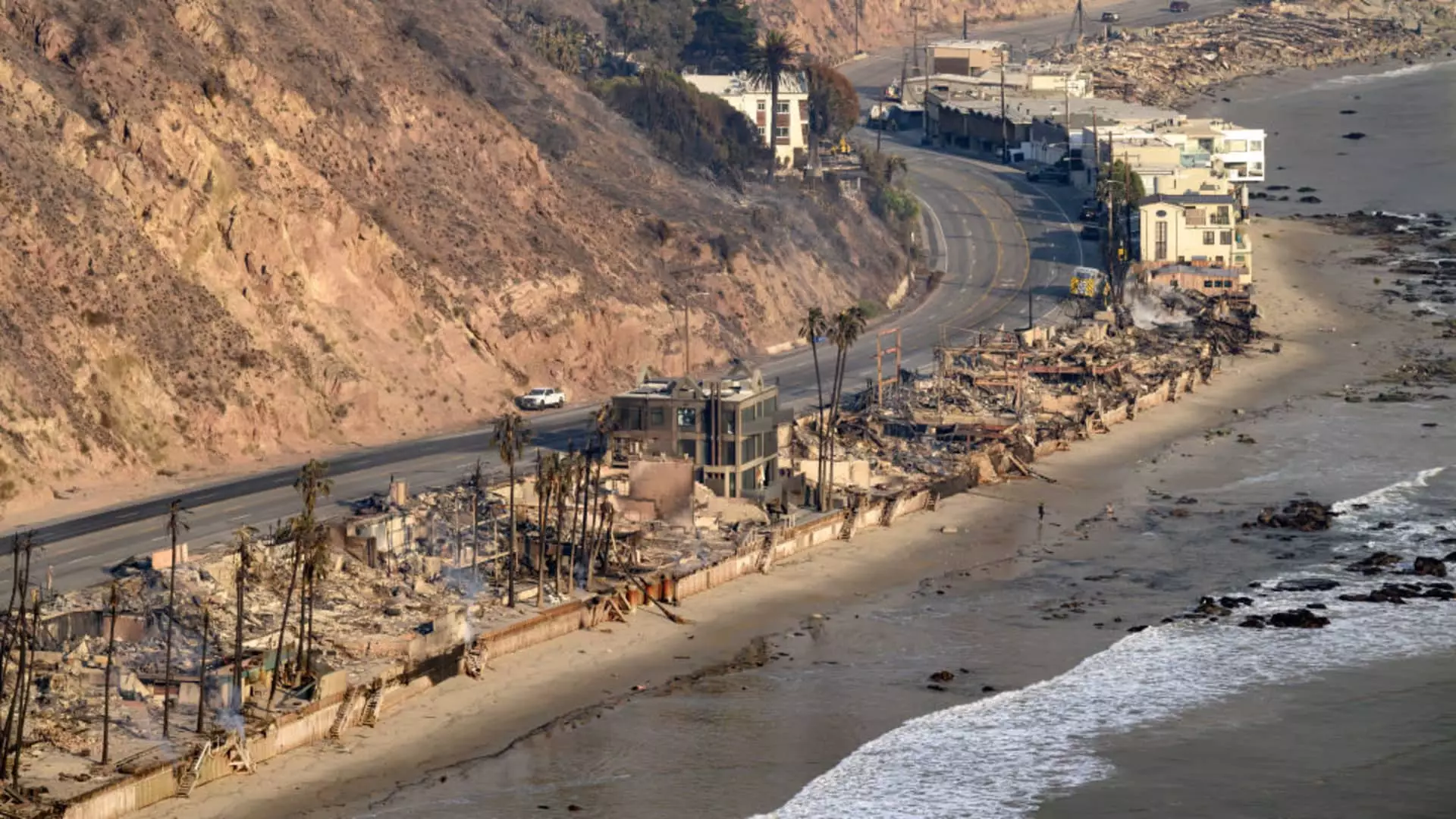The city of Los Angeles is currently facing a significant environmental crisis as wildfires continue to wreak havoc across the region. This disaster has prompted various airlines to take proactive measures by extending travel waivers for customers scheduled to fly to the area. As flames consume thousands of homes and residents grapple with power outages and water shortages, airlines like American Airlines, United Airlines, Southwest Airlines, and JetBlue Airways have stepped in to alleviate some of the stress for travelers. This article delves into how the aviation industry is navigating this turbulent situation, the impact on air travel, and the potential long-term implications for the region and the airlines involved.
In response to the ongoing wildfires, major airlines have implemented flexible rebooking policies for flights to Los Angeles International Airport, Hollywood Burbank Airport, Ontario International Airport, and John Wayne Airport in Orange County. Travelers can now modify their travel plans without incurring additional fees, demonstrating the industry’s commitment to customer service during emergencies. American Airlines, for instance, allows passengers to reschedule their flights without financial penalties up until January 20, which highlights the company’s desire to prioritize customer flexibility in the face of natural disasters.
Additionally, Southwest Airlines has announced that affected travelers can change their itineraries within 14 days of their original departure dates without extra charges. This adaptive approach not only addresses immediate concerns but also reflects a recognition of the long-term challenges of traveling to a disaster-stricken area. Furthermore, the option to reroute trips to other California cities like Palm Springs and San Diego provides travelers with alternative choices amidst uncertainty.
Despite the severity of the wildfires, operations at the major airports in Los Angeles are reportedly functioning normally, according to flight-tracking services. However, this doesn’t negate the overarching concerns as the impact of the wildfires extends beyond immediate flight cancellations. With power outages reported throughout Los Angeles County and numerous neighborhoods placed under evacuation orders, the operational landscape remains precarious.
Travelers planning their trips must consider not only the logistics of their flights but also the safety and accessibility of their destination. Local residents, especially those in the fire-stricken Pacific Palisades area, have been advised to boil water or utilize bottled water, further complicating the situation. Such advice underscores the broader implications of the crisis on day-to-day life, making reliable air travel even more challenging.
Initial insights from industry leaders, such as Delta Air Lines President Glen Hauenstein, reveal a decrease in flight sales to Los Angeles as the wildfires continue to impact public perception and willingness to travel to the region. While there are indications of a reduction in sales, Hauenstein notes it is not yet leading to a spike in cancellations. This observation points to the delicate balance airlines must maintain during crises, where public sentiment plays a crucial role in demand for travel.
Interestingly, historical patterns suggest that demand for air travel may rebound following natural disasters. Hauenstein referred to the potential for an uptick in flights as reconstruction efforts begin, indicating that airlines often experience a surge in demand after such events. This cyclical nature of travel demand, influenced by disasters, reveals a complex relationship between airlines and regional crises.
As wildfires continue to pose threats to life and infrastructure in Los Angeles, the response from airlines reflects their commitment to customer service in dire times. By extending travel waivers and providing flexible rescheduling options, airlines are making efforts to mitigate the impact on travelers and maintain goodwill. However, the long-term consequences of this crisis on travel patterns, local economies, and airline strategies remain to be seen.
In navigating the aftermath of the wildfires, it is essential for the aviation industry to remain vigilant, adaptable, and sensitive to the challenges that both travelers and local communities face. While this crisis may be daunting, it serves as a reminder of the resilience and responsiveness required from the airlines during times of uncertainty.

